We’re not lying to ourselves: The logistics industry is a dirty industry. Especially in the groupage freight sector, logistics is still dependent on diesel-powered trucks. Our job is to hold ourselves accountable for the negative influence we have.
While we want to focus on the electrification of trucks and a hydrogen infrastructure of our partners in the future, we had to find other ways for the moment.
In cooperation with our partner myclimate, we give our customers the opportunity to support carbon offset projects in an uncomplicated way.
During the booking process, our customers can select the climate protection contribution option and thus counter the CO₂pollution caused by their transport with an investment in a climate protection project .
Almost 60% of our customers currently choose to support climate protection projects. Thank you very much for that
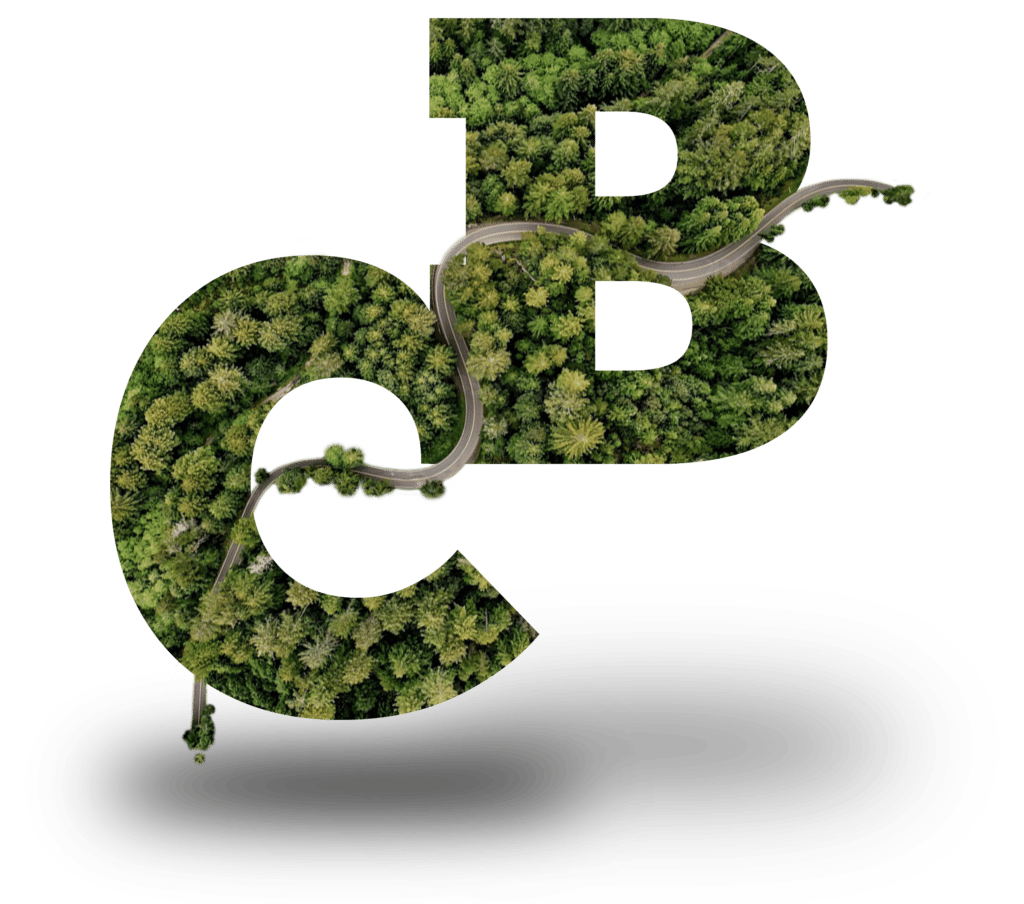
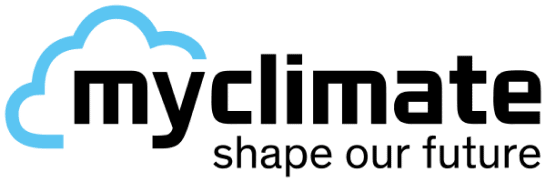
About myclimate
The non-profit organization myclimate was established in 2006 as an internationally active foundation. The goal of myclimate is to promote climate protection. They achieve this through their own climate protection projects as well as with their advisory and educational services.
Myclimate has also developed a CO₂ emissions calculator in the course of their work. It takes the level of emissions caused by transports, for example, as a basis and calculates the required investment for various climate protection projects.
Climate protection contribution with Cargoboard and myclimate
Through our cooperation with myclimate, we give our customers the opportunity to invest in climate protection projects in an uncomplicated way in order to counter the CO₂-impact of their transports. When customers enter their shipment data on our booking platform, the corresponding greenhouse gas emissions are calculated to match the transport.
100% of the money raised by our customers through the climate protection contribution is passed on to myclimate and our current climate protection project.
How does the climate protection contribution work at Cargoboard?
In our opinion, investing in climate protection projects is the best choice in order to counter the CO₂-pollution of transport as effective as possible in the here and now.
Our current climate protection project: smallholder farmers reforest forests in Uganda
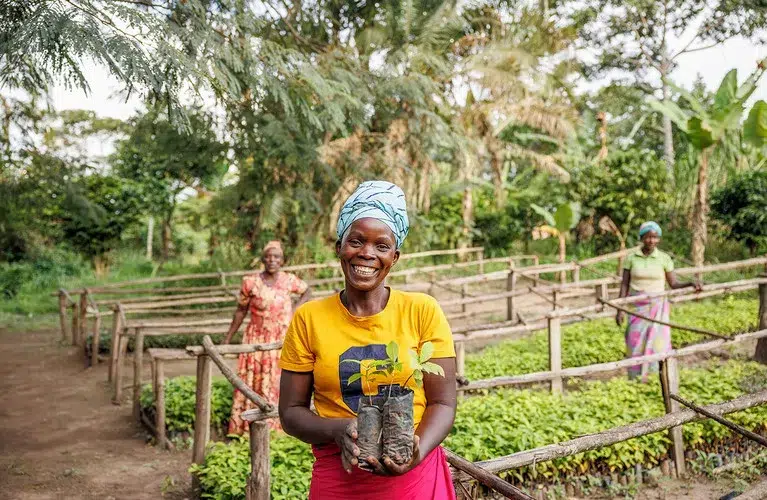
In Uganda, a climate protection project is promoting the reforestation of a large area that has been severely affected by illegal deforestation and overuse. In the regions of the Albertine Rift Valley and Moung Elgon, smallholders are planting numerous tree species to restore the forest areas and increase CO2 absorption. At the same time, habitats for endangered species such as the eastern chimpanzee are being created again.
Important goals are the education of children and small farmers in Uganda about the protection of forests and the creation of jobs in order to improve the livelihoods of local people and the economic situation in Uganda. The project provides alternative energy sources to reduce the need for wood for fuel and thus prevent deforestation.
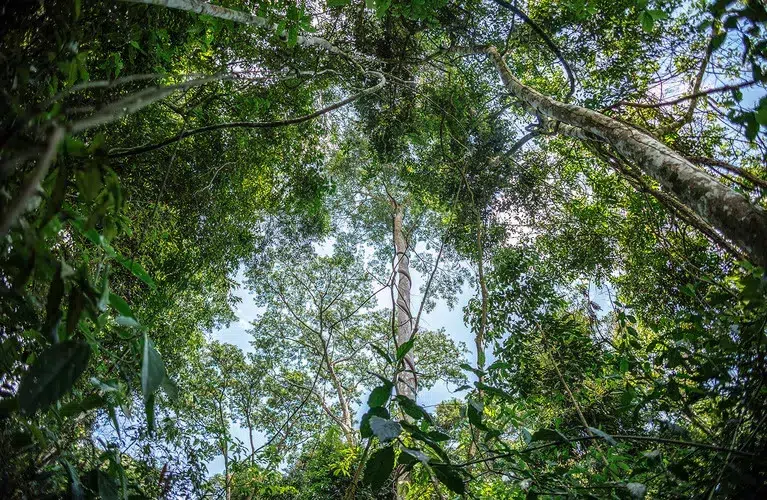
The project contributes to the following 11 SDGs:
The SDGs are Sustainable Development Goals (SDGs) that were established by the United Nations. In total, there are 17 goals with 169 different targets to tackle global challenges. The aim is to end poverty and hunger in the world and build a peaceful, just and inclusive society by 2030. The cornerstones for this are the protection of human rights and sustainable, inclusive and lasting economic growth that creates prosperity and decent work for all.
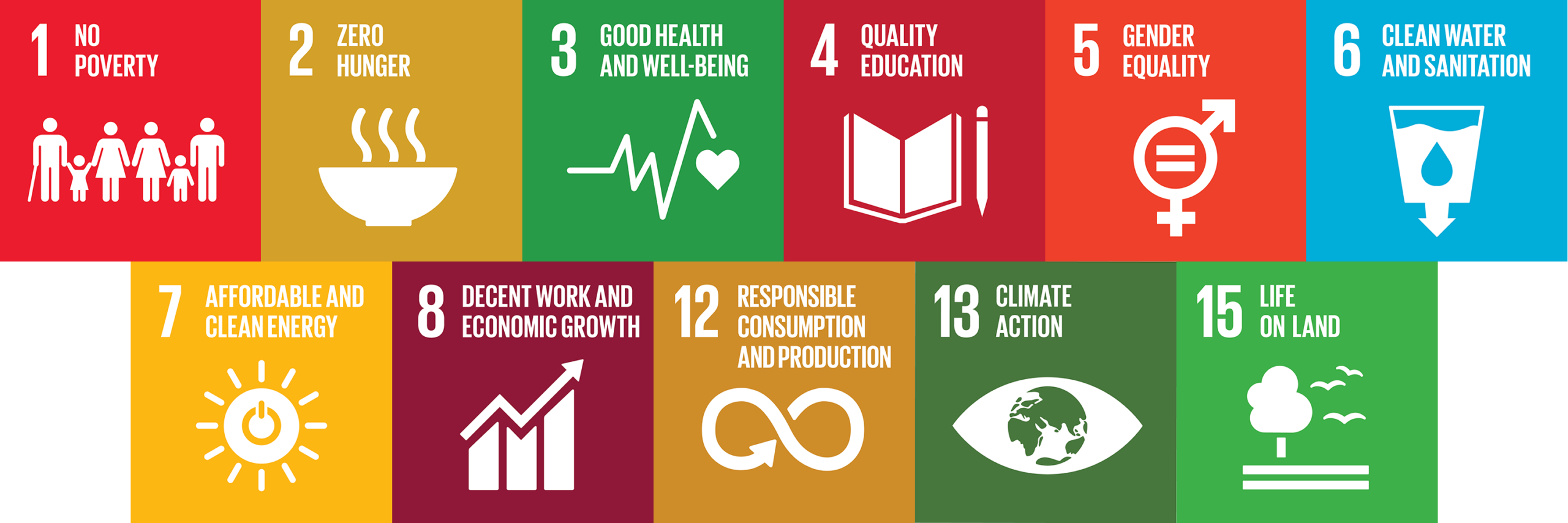
The climate protection project “Smallholders reforest forests in Uganda” has so far reforested 24,817 hectares of forest and paid out more than USD 6.2 million to at least 37,800 smallholders.
Also: Protecting Tanzanian forests for indigenous people, wildlife and the climate
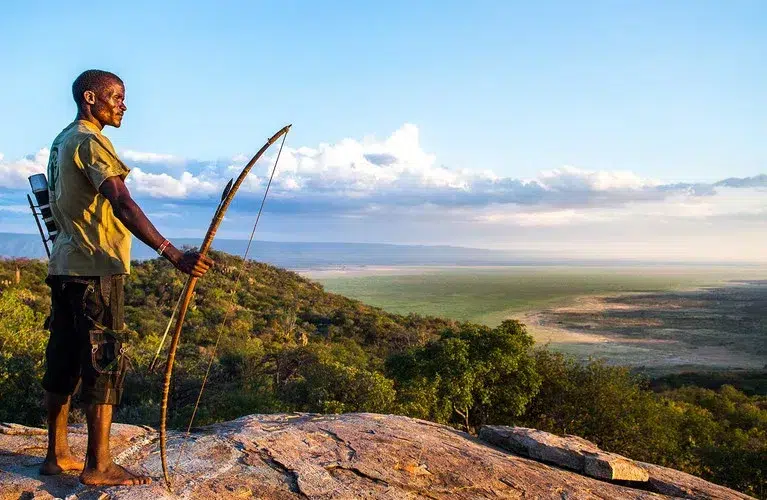
In the northern Tanzanian districts of Mbulu and Karatu, a climate protection project focuses on protecting forests and supporting indigenous communities such as the Hadza and Datooga. The project promotes sustainable land use in order to reduce deforestation.
The protection of the forests supports habitats for endangered animal species such as elephants, lions and various bird species. In addition, the project creates jobs for the local population in forestry and includes training for more sustainable agriculture. The income from CO2 certificates not only contributes to the economic strengthening of the communities, but also improves long-term environmental conditions and the quality of life of the inhabitants.
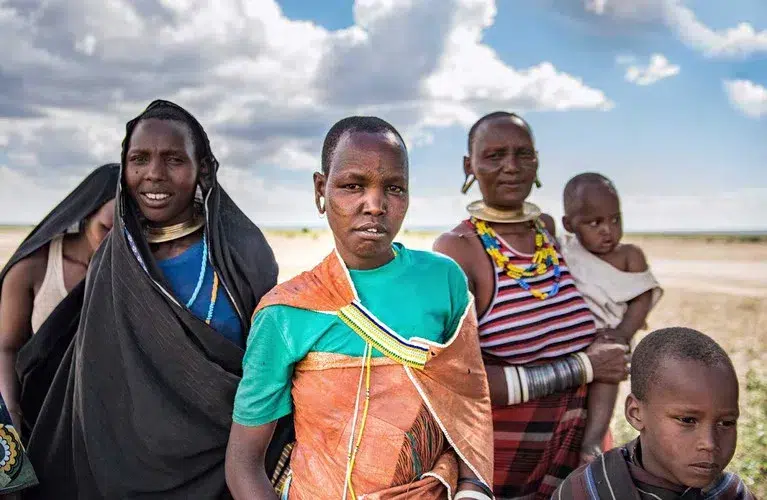
The project contributes to the following 11 SDGs:
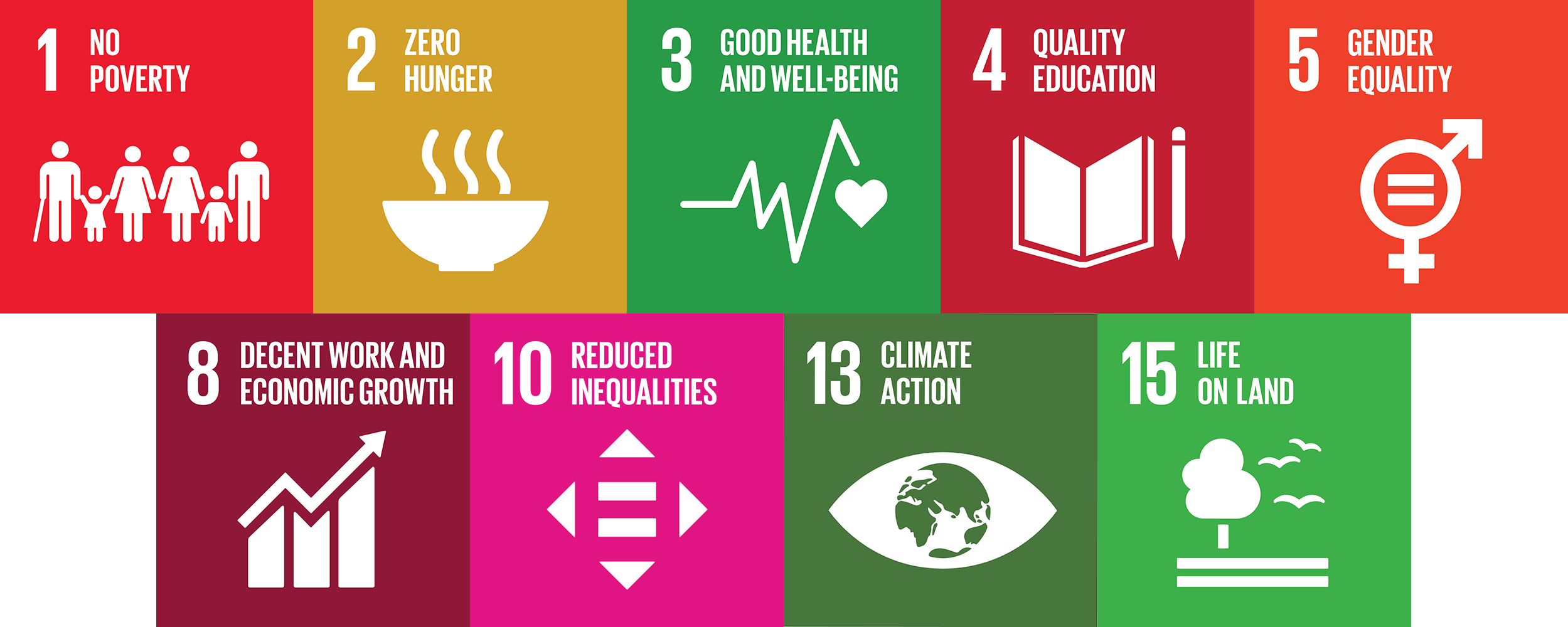
The project “Protecting Tanzanian Forests for Indigenous People, Wildlife and the Climate” has since protected 33,000 hectares of land from deforestation, prevented 170,000 tonnes of CO₂ emissions every year and strengthened the land rights of the Hadza, a previously marginalized community.
Our co-founder David Port is here for you!
Contact
